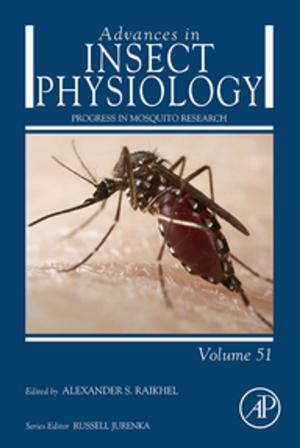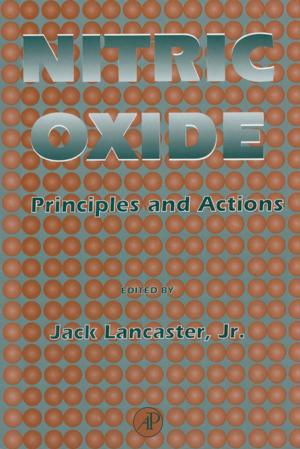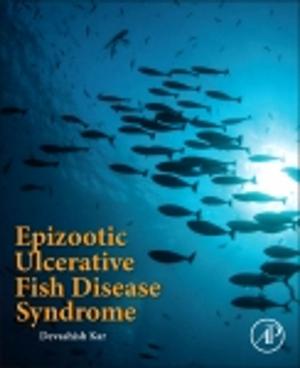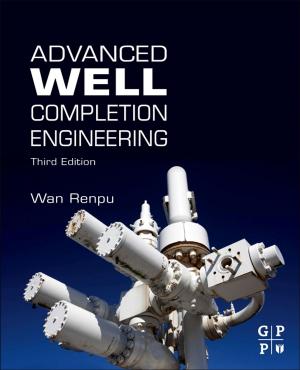Self-Piercing Riveting
Properties, Processes and Applications
Nonfiction, Science & Nature, Technology, Machinery, Construction & Construction Trades| Author: | ISBN: | 9780857098849 | |
| Publisher: | Elsevier Science | Publication: | February 14, 2014 |
| Imprint: | Woodhead Publishing | Language: | English |
| Author: | |
| ISBN: | 9780857098849 |
| Publisher: | Elsevier Science |
| Publication: | February 14, 2014 |
| Imprint: | Woodhead Publishing |
| Language: | English |
Due to its speed, low energy requirements, and the fact that it does not require a pre-drilled hole, the technique of self-piercing riveting (SPR) has been increasingly adopted by many industries as a high-speed mechanical fastening technique for the joining of sheet material components. Self-piercing riveting comprehensively reviews the process, equipment, and corrosion behaviour of self-piercing riveting, and also describes the process of evaluation and modelling of strength of self-piercing riveted joints, quality control methods and non-destructive testing.
Part one provides an extensive overview of the properties of self-piercing riveting. Chapters in this section review the mechanical strength, fatigue, and corrosion behaviour of self-piercing riveted joints. The second part of the book outlines the processing and applications of SPRs, and describes the dynamic strength evaluation/crashworthiness of SPRs, and the modelling of strength of self-piercing riveted joints, before going on to discuss the assessment of the suitability of materials for self-piercing riveting. The concluding chapters describe the quality control and non-destructive testing of self-piercing riveted joints, optimization of the strength of self-piercing rivets, and provides an overview of self-piercing rivets in the automotive industry and the applications of self-piercing riveting in automated vehicle construction.
Self-piercing riveting is a standard reference for engineers and designers in the aerospace, materials, welding, joining, automotive and white goods industries, as well as manufacturers of metal components for the automotive, aerospace, white goods and building industries.
- Comprehensively reviews the process, equipment, and corrosion behaviour of self-piercing riveting
- Describes the process of evaluation and modelling of strength of self-piercing riveted joints, quality control methods and non-destructive testing
- Provides an overview of quality, optimization, applications and strength evaluations of self-piercing riveting
Due to its speed, low energy requirements, and the fact that it does not require a pre-drilled hole, the technique of self-piercing riveting (SPR) has been increasingly adopted by many industries as a high-speed mechanical fastening technique for the joining of sheet material components. Self-piercing riveting comprehensively reviews the process, equipment, and corrosion behaviour of self-piercing riveting, and also describes the process of evaluation and modelling of strength of self-piercing riveted joints, quality control methods and non-destructive testing.
Part one provides an extensive overview of the properties of self-piercing riveting. Chapters in this section review the mechanical strength, fatigue, and corrosion behaviour of self-piercing riveted joints. The second part of the book outlines the processing and applications of SPRs, and describes the dynamic strength evaluation/crashworthiness of SPRs, and the modelling of strength of self-piercing riveted joints, before going on to discuss the assessment of the suitability of materials for self-piercing riveting. The concluding chapters describe the quality control and non-destructive testing of self-piercing riveted joints, optimization of the strength of self-piercing rivets, and provides an overview of self-piercing rivets in the automotive industry and the applications of self-piercing riveting in automated vehicle construction.
Self-piercing riveting is a standard reference for engineers and designers in the aerospace, materials, welding, joining, automotive and white goods industries, as well as manufacturers of metal components for the automotive, aerospace, white goods and building industries.
- Comprehensively reviews the process, equipment, and corrosion behaviour of self-piercing riveting
- Describes the process of evaluation and modelling of strength of self-piercing riveted joints, quality control methods and non-destructive testing
- Provides an overview of quality, optimization, applications and strength evaluations of self-piercing riveting















